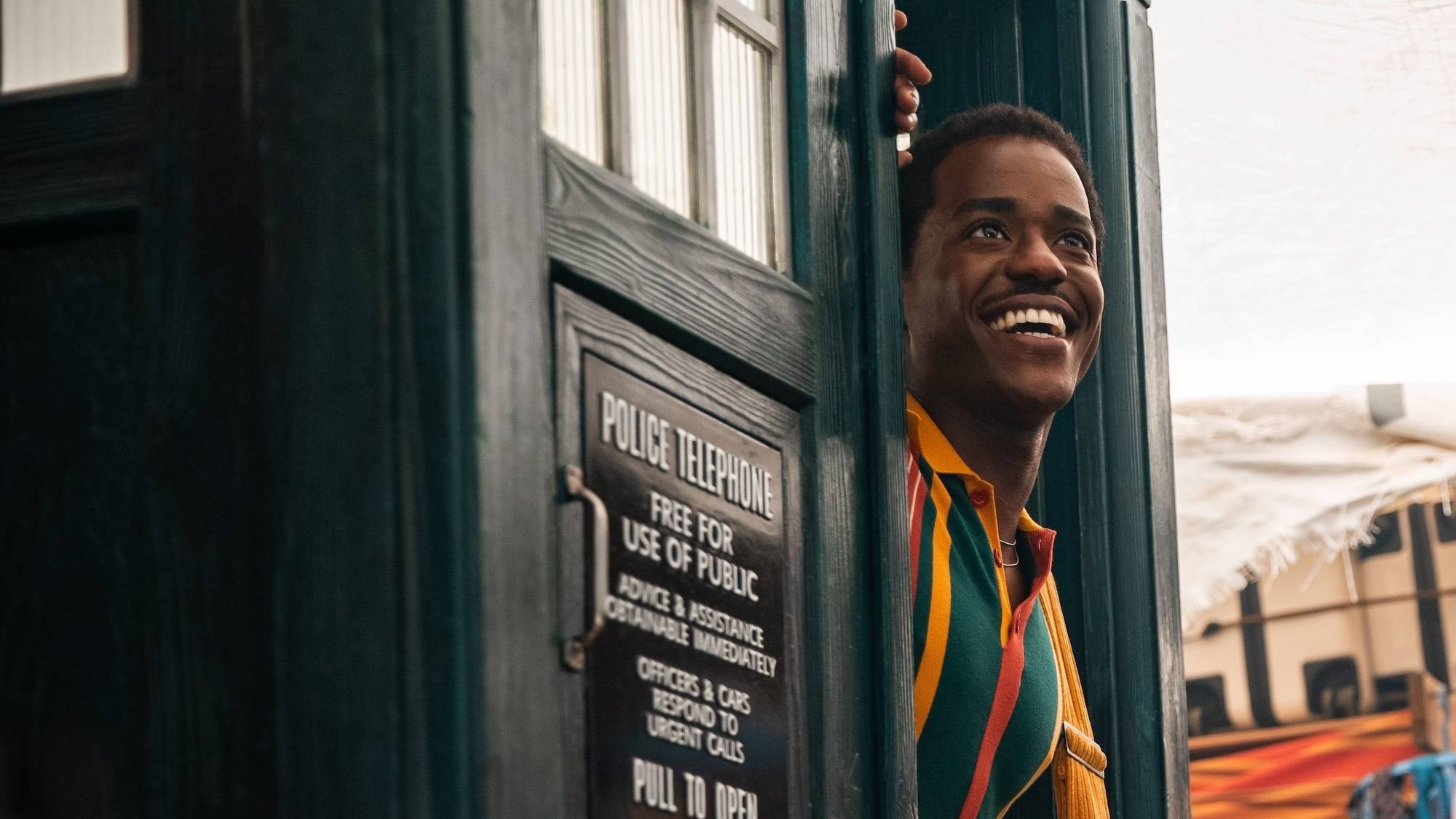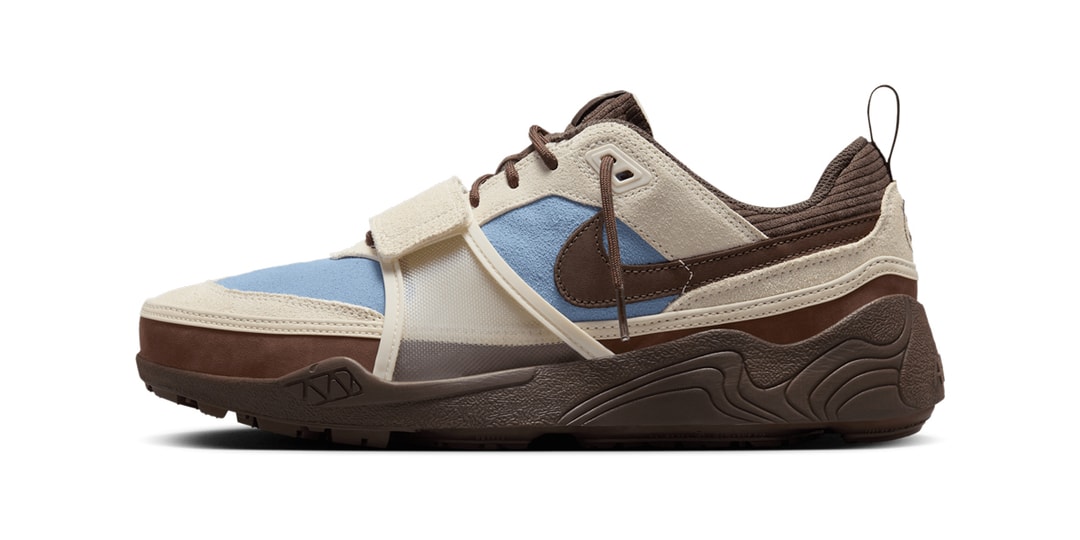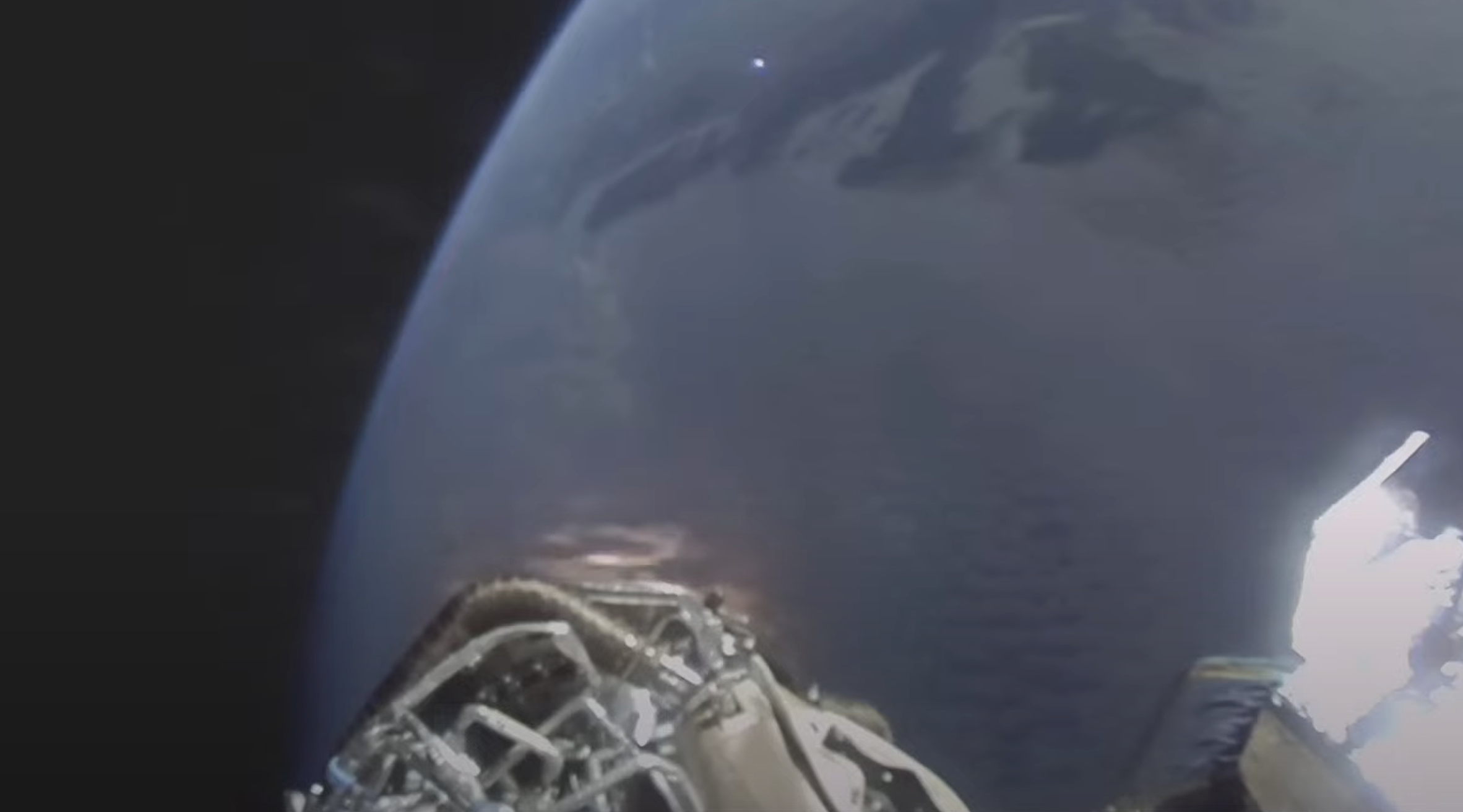Caturday felid trifecta: German street art honoring homeless cats;earliest domestic cats known to arrive in North America; convergence between cat and dog breeds;
This will be a quick trifecta as I’m on Duck Duty. First, from Street Art Utopia, three memorials to homeless cats. Click on the headline to read: Text from site is indented, and photos without credits are uncredited on the site. Two of the photos come from Pinterest. Homeless cats monument in Braunschweig, Germany: “Katzenstele” … Continue reading Caturday felid trifecta: German street art honoring homeless cats;earliest domestic cats known to arrive in North America; convergence between cat and dog breeds;

This will be a quick trifecta as I’m on Duck Duty. First, from Street Art Utopia, three memorials to homeless cats. Click on the headline to read:
Text from site is indented, and photos without credits are uncredited on the site. Two of the photos come from Pinterest.
Homeless cats monument in Braunschweig, Germany:
“Katzenstele” in downtown Braunschweig, German by sculptor Siegfried Neuenhausen, a former professor at the Braunschweig University of Art. The cat monument has been drawing attention to stray cats in Braunschweig since 1981. It stands as a symbol of appreciating all the kitties in town who don’t have a loving roof over their heads.
From Pinterest:
From Pinterest:
*********************
Smithsonian Magazine recounts evidence for the earliest known pet cats to arrive in the U.S. In fact, they were likely working cats on ships rather than “pets” as we think of them, but at least we know they were heading to the U.S., even if they didn’t arrive there. Thus the headline below (click to read) could be doubly misleading:
An excerpt (the original paper is cited below, and it appears that the cats ate more than just rodents!):
. . . . a new study is offering even more insight into the history of these four-legged felines. Researchers have discovered the remains of two house cats in a 466-year-old Spanish shipwreck near Florida, which are likely the earliest known cats in the United States. They describe their findings in a new paper published in the journal American Antiquity.
The remains were found among the wreckage of the Emanuel Point II, a Spanish ship that sank in September 1559 near what is now Pensacola, Florida. The vessel was one of 11 ships that had sailed north from Mexico during an expedition under the command of Tristán de Luna y Arellano.
The conquistador’s fleet was anchored near the Spanish settlement of Santa María de Ochuse when a hurricane swept through, causing six of the vessels to sink and another to be driven inland. Between 1992 and 2016, researchers discovered three of the expedition’s shipwrecks.
Divers have successfully recovered several artifacts from the ships, including fragments of jars that likely contained olive oil, wine or water. Additionally, they’ve discovered the remains of several critters, including cockroaches, rats and at least two domestic cats.
For the new study, scientists took a closer look at the feline remains, which belonged to one adult and one juvenile cat.
Though the cats may have been stowaways, they were likely brought onboard intentionally to help keep rodents at bay. Along the way, they probably also became chummy with the sailors.
Their friendliness with the crew seems to have paid off: Tests suggest the adult cat was mainly eating fish and meats like pork, poultry and beef. Although it may have hunted the occasional rat or mouse, a “significant proportion” of the cat’s diet came from other sources, the researchers write in the paper.
The sailors may have fed the cats because they were so effective at controlling pests that there were none left for them to eat. Or they may have tossed the cats lots of food scraps “out of affection,” the researchers write. Sailors often considered cats to be lucky—especially those with extra toes.
“Their primary role may have been as commensal ratters and mousers that kept the onboard rodent population in check,” the researchers write. “This does not, however, preclude the possibility that these cats were well-liked and cared for by the sailors.”
. . . The first cats to travel to the Americas may have sailed on Christopher Columbus’ ships, though the animals are not mentioned in the voyages’ records. Archaeologists have discovered cat remains in present-day Haiti, where Columbus landed in 1492. But since the explorer never set foot on the mainland of North America, the first cats likely arrived via other expeditions—like the one led by Luna y Arellano.
Ah! We don’t think these cats arrived in North America. Whence the headline?
Click below to read the original paper:
**************************
This paper, from the Proceedings of the National Academy of Sciences (click below or find the pdf here) shows a convergence between the skull shapes of some cats and dog breeds, a convergence that in some cases is so profound that you might classify some skulls of domestic dogs and cats as being morphologically closer to each other than either is to its ancestor (the grey wolf and the Egyptian wildcat, respectively). Of course if you looked at the rest of the skeleton you’d know whether you were dealing with a cat or a d*g.
Some of the science. First, the wild condition:
Skull Shape Diversity in Domestic Cats and Dogs.
As with dogs (PV = 0.013), domestic cats are extremely variable, ranging from highly dolichocephalic (long muzzles and narrow skulls) breeds like Siamese and Oriental Shorthairs to greatly brachycephalic (short faces and wide, rounded skulls) breeds like Persians and Burmese (PV = 0.01). Domestic cat and dog diversification are similar in a macroevolutionary context in that both are substantially more variable than their wild ancestors, wildcats (F. silvestris) (PV = 0.002, P < 0.0001, Table 1) and wolves (C. lupus) (PV = 0.002, P < 0.0001, Table 1); Figs. 1 and 2 and Table 1). Dogs are more variable than domestic cats (P < 0.043, Table 1); this result, however, does not parallel the ancestral condition as wolves are no more variable than wildcats (P < 0.66, Fig. 1 and Table 1).
and the convergence (my bolding):
Multilevel Skull Shape Convergence in Domestic Cats and Dogs.
Despite their greatly different evolutionary origins, extremely brachycephalic dogs and cats have evolved to be remarkably similar in skull shape (Figs. 1, 2, and 4 and SI Appendix, Fig. S3). Brachycephalic cats like Persians have evolved short, broad skulls with an upward-angled palate that closely resembles the brachycephalic skulls of dog breeds like Pugs and Shih Tzus (Figs. 1, 2, and 4 and SI Appendix, Fig. S3). Strikingly, some Persians are more brachycephalic than any of the dogs, as indicated by their extreme position on PC1 (Fig. 2). Indeed, in some flat-faced Persians, the nasal bones are entirely absent (14, 15). Extremely brachycephalic cats and dogs are substantially closer to each other in morphological space (Procrustes shape distance: 0.13) than either group is to their respective ancestors, or than their ancestors are to each other (Procrustes shape distance from extremely brachycephalic cats to wildcats: 0.20; extremely brachycephalic dogs to wolves: 0.29; wildcats to wolves: 0.23; Table 2 and Dataset S1). A resampling procedure comprising 10,000 rounds confirmed a significant difference in the Procrustes distances. Specifically, the Procrustes distance of 0.13 between extremely brachycephalic cats and dogs is significantly smaller (P < 0.0001, Table 2 and Dataset S1) than the distance (0.20) between extremely brachycephalic cats and wild cats. Moreover, it is also significantly smaller than the distance between extremely brachycephalic dogs and wolves (P < 0.0001, Table 2 and Dataset S1), as well as the distance between wildcats and wolves (P < 0.0001, Table 2 and Dataset S1). In other words, selection for brachycephaly has eliminated much of the ancestral difference in skull shape between cats and dogs.

Not only that, but this convergence appears to have evolved multiple times independently within both groups, so, for example, dogs became brachycephalic several times, as did cats.
The lesson: was already learned by Darwin: “Breeders,” he wrote in On the Origin of the Species, “habitually speak of an animal’s organization as something quite plastic, which they can model almost as they please.” That’s because every character seems to have tons of variation to select on. In this way Darwin’s studies of animal breeding informed his theory of evolution by natural selection, for he realized that what is true in domestic animals must also be true in wild ones. That’s why The Origin begins with a chapter on the domestication of and selection on animals like pigeons.
The PNAS paper ends with this warning, though the “companion animals” bit is a bit grating on me (I’m old and have no problem with “pets”):
Implications for the Health of Companion Animals.
The extent of convergence between brachycephalic cats and dogs is seen in an additional, unfortunate, phenotypic aspect. Brachycephalic cat and dog breeds have predispositions to many health disorders, some shared between species. As a result of these afflictions, pressure is mounting to ban the breeding of extreme brachycephalic individuals. We can hope such measures succeed for the welfare of our household companions, even if it has the effect of reversing this remarkable case of convergent evolution.
h/t: Barry,

















































































